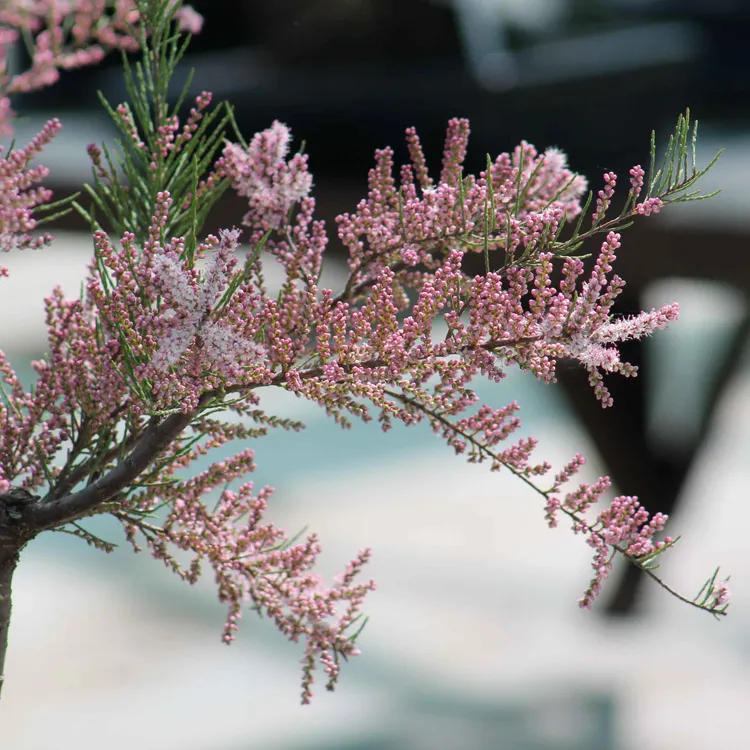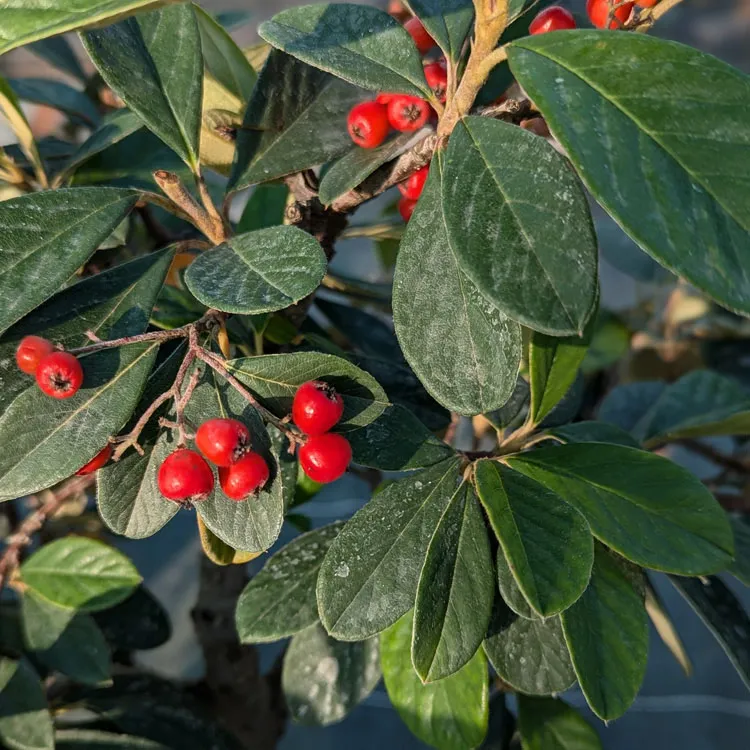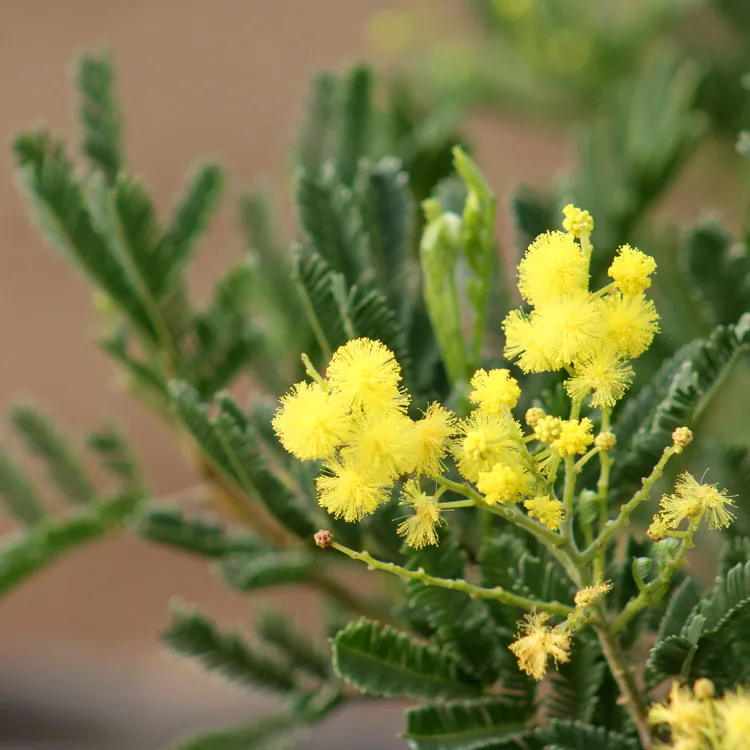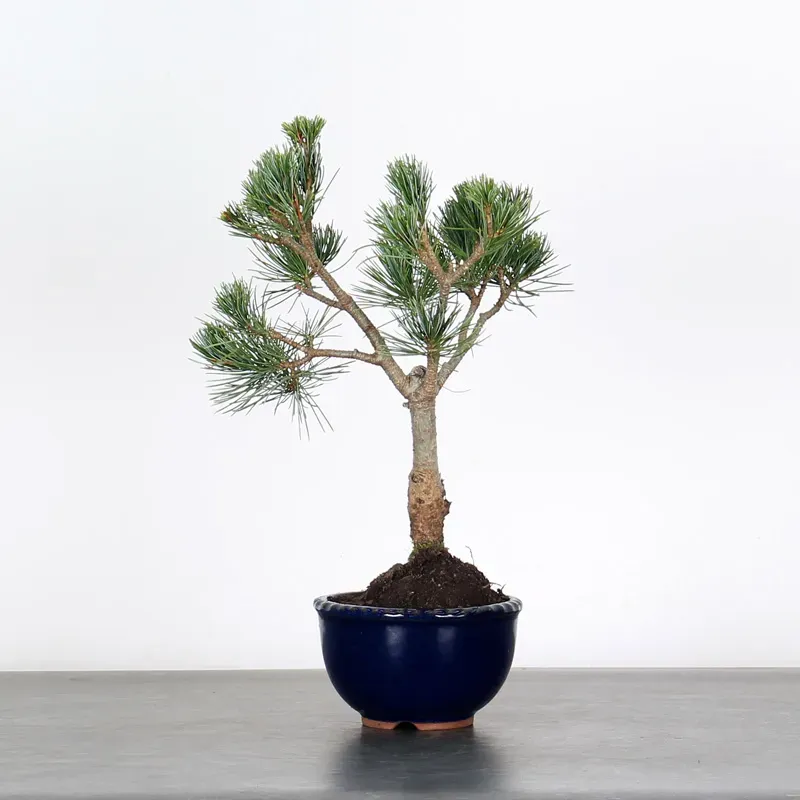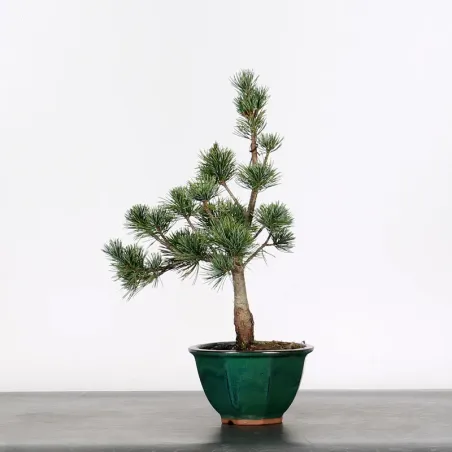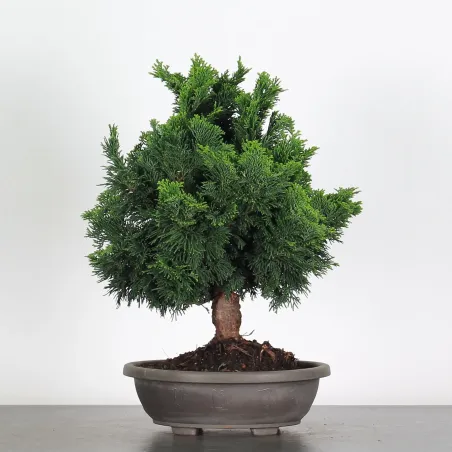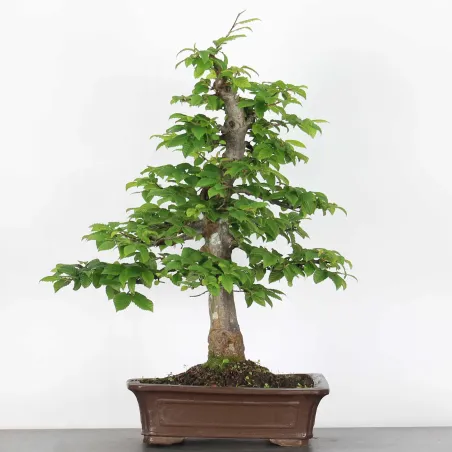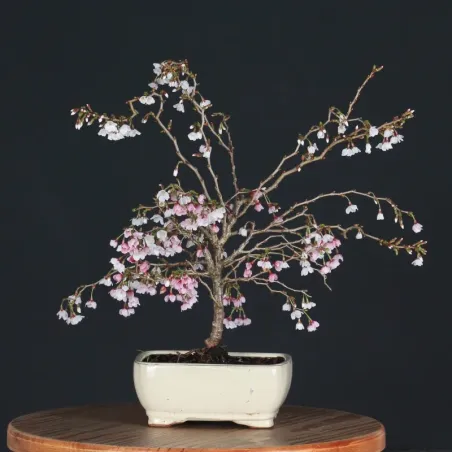Dehors toute l’année, exposition plein soleil, le pin du japon a besoin de beaucoup de soleil.
 English
en
English
en
Bonsai
Bonsai pinus pentaphylla 1-4
Year-round outdoor bonsai
The Japanese white pine has needles sheathed in fives, green/blue colors, it is a high mountain tree and slow growing, it is grafted on black pine.
+Age: 8 years old
+Foliage: evergreen
ETHYMOLOGY: From the first name in Latin "pinus", from the Greek "pitus" and its origin "pix-cis", meaning resin; and 'penta' five, 'phylla' leaf.
Growing tips:
LOCATION: Outdoors all year round, in full sun, the Japanese pine needs a lot of sun.
WATERING: Water it regularly while allowing the root ball to dry out slightly between waterings to avoid excess water.
In spring/summer, watering will be done regularly, when it's hot, it's every day ! On the other hand, in winter, water according to the soil monitoring you do. Thanks to the rain and cold, you won't necessarily need to water regularly since the substrate will remain moist.
Important: Don't hesitate to water the entire root ball up to the roots, the water will drain away through the holes under the pot or bathe the tree in water (drenching) for a few minutes, to be sure to water well up to the roots. We do not recommend putting a cup or container underneath your pot as the water will stagnate and can cause root rot. (Too much water = asphyxiation).
Pine trees need controlled watering. An excess, especially if the substrate is not draining, is fatal to the life of the mycorrhizae. They are fungi whose roots live in symbiosis with those of the pine tree, helping it to absorb mineral elements from the soil, such as phosphorus. In the absence of it, the tree weakens, eventually dying.
SUBSTRATE AND REPOTTING: In the nursery, we use agricultural potting soil which is composed of black peat peat, blond peat, eco-aged, topsoil, horse manure, pozzolana. During the next repotting, which is done about every 3 years, you can mix more draining substrate such as: akadama, pumice, kiryu... Just be careful not to disturb the root ball, don't destroy the whole root ball.
Many bonsai react noticeably when repotted at the wrong time or too drastically. For this reason, you should cut as few roots as possible
Repotting period: when the candles are growing and before the needles open, mid-March or late August/early September.
WAIST: This variety does not like too severe pruning. Thus, carry out a very light pruning in summer, always keep the foliage.
PINCH: When enlarging the spring buds: slow down the strongest one, breaking it with your fingers and leaving only 1/3 of the candle. Medium candles, break halfway. The weakest ones, remove 1/3. To be done before the candles are unfurled, i.e. around March.
After the first pinching: when the new needles you left behind are mature. Cut the candles with scissors
FERTILIZATION: In the nursery, we use blue tomato/flower fertilizer NPK 12 12 17. Put a handful of them on the substrate (small or large depending on the size of the pot) from spring from May to October, every 2 months, alternating chemical/organic.

 Production of French Bonsai
Production of French Bonsai











































